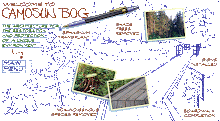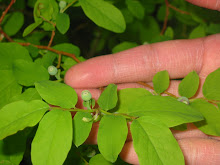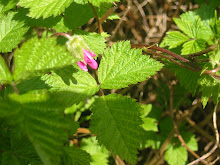A spore is haploid.
Plants And Their Uses - An Introduction To Botany", by Frederick Leroy
The spore germinates to produce the protonema. This looks like green filamentous algae. In this stage, the moss is growing towards an area that is favourable for further growth. It would look something like this:
http://www.zaagtandverband.nl/wp-admin/protonema&page=3
Next, the protonema produces a thallus, which is a flat piece of tissue. The protonema and the thallus of the protonema looks like this:
http://www.zaagtandverband.nl/wp-admin/protonema&page=3
The gametophyte will arise from the middle of the thallus:
This link provides a photo of the gametophyte emerging from the thallus: http://www.flickr.com/photos/nascenthought/6599362783/
'Gametophyte' means 'gamete-bearing', thus the gametophytes produce either eggs or sperm. Since the female gametangia are enclosed in pseudoleaves, it is difficult to identify females by eye until they produce sporophytes. However, you can identify the males in the population because their antheridia found on the tips of the branches and are brown.
Once the sperm (yes, sperm; mosses have sperm with a flagellum that swims) swims to the egg on a female moss, fertilization occurs and the zygote (diploid) grows on top of the gametophyte. Since the sporophyte doesn't photosynthesize, it is effectively a parasite. Here is the moss sporophyte:
Notice there is a 'cap' on the top of the sporophyte. Unlike other mosses, sphagnum mosses release their spores in one big single explosion. In 2010, it was discovered that the explosion is in the form of a mushroom cloud DOI:10.1126/science.1190179.











